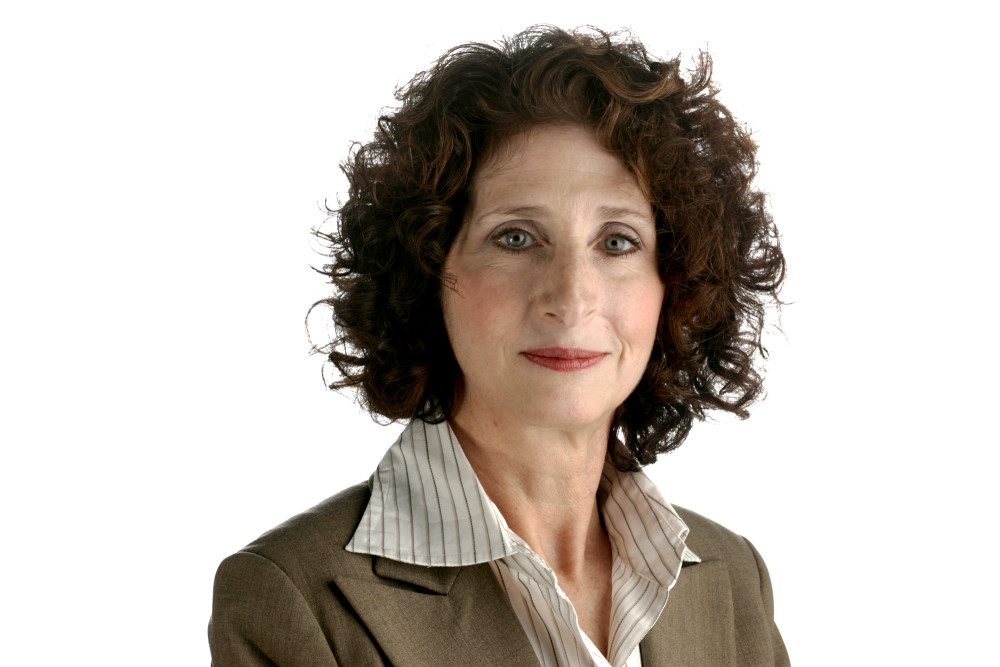By Gail MarksJarvis
Chicago Tribune.
When people pick mutual funds, they are usually overwhelmed by the choices and often make the mistake of judging them as they would a beauty contest. They pick the most beautiful fund among all of the possibilities.
If, for example, a 401(k) plan has one mutual fund that’s been giving investors sweet returns for the last year, a novice investor may assume that pretty fund has to be a no-brainer choice. If another fund, is lagging far behind and failing to enrich investors much, novices with 401(k)s or IRAs often figure why touch that lousy fund?
But the natural inclination to go with an apparent winner can lead an investor far off track.
Research done by mutual fund analysts at Morningstar has shown repeatedly since 1993, that the most beloved funds of the recent past end up losing their luster, often after a period of great popularity. Instead, of winning with the sweetest, most adored mutual funds of the moment, people tend to do better if they pick funds that look a little stinky, funds that investors have been snubbing for a while.
Why? Because investments of all types run in cycles. Each type of stock and bond is hot for a while and eventually fizzles because popularity makes the investment overly expensive.
Investors love a bargain, so they dump the pricey popular investments and buy the unloved, positioning for the sharp gain in price that’s more possible with a cheap, rather than expensive, investment.
Each year, Morningstar highlights the three most “unloved fund” types of the recent past so that investors can make sure they have some exposure to them. The idea isn’t to dump funds you have if you’ve carefully put together a thoughtful mixture of all types of funds, or if you have a target date fund that gives you a wide variety of investments fit for your age. But if you’ve been impulsive, grabbing for the apparent winners and dumping apparent losers, the unloved funds could help guide you to some worthy additions.
“You shouldn’t go whole hog and commit a major part of your portfolio” to the unloved funds, said Russel Kinnel, Morningstar director of fund research. “Maybe trim a little here, and add a little there.”
This year, Kinnel identified the three most unpopular categories of funds as the following: funds that pick large company stocks that are growing quickly (large-cap growth funds), funds that pick medium companies that are growing quickly (mid-cap growth funds) and funds that pick small companies that grow quickly (small-cap growth funds).
They don’t really look stinky now. Last year, the average large-cap growth fund enriched investors 10.5 percent, the average mid-cap growth fund was up 8.26 percent, and the average small-cap growth fund up 2.23 percent, according to Lipper data. But the Morningstar strategy isn’t based specifically on how much the funds enrich investors. Rather, it’s based on whether investors have embraced the funds. The funds are considered unloved, if investors have been yanking a lot of money out of them, and putting little money into them compared with other choices.
Usually, the strategy works because unpopular funds end up being cheap. But this year is abnormal. Since 2009, large professional investors have been buying every type of stock, so neither large, mid-size or small company stocks are cheap even though mutual fund investors have shunned the funds.
Consequently, Kinnel says he is less sure of the unloved strategy this year. It’s iffy whether unpopular stock funds will soar if they aren’t cheap. Kinnel is more confident about warning investors to be cautious of two beloved fund types, funds that blend a variety of large stocks from foreign countries (foreign large cap) and intermediate U.S. bond funds.
If you want to try the unloved strategy, be aware of the full formula. To work, you pay attention to fund categories that have been unpopular; not individual funds that have been losers while others in the same category have soared. And you must buy all three categories, and hold on to them for three to five years. It takes time for cycles in stock and bond markets to turn, so one year isn’t enough to see results.
The strategy last year suggested buying unloved precious metal funds that invest in gold and silver companies, natural resource funds that invest in everything from oil to copper companies, and large cap growth funds. But precious metal and natural resources funds were awful investments, losing 10.6 percent and 14 percent, respectively.
___
ABOUT THE WRITER
Gail MarksJarvis is a personal finance columnist for the Chicago Tribune and author of “Saving for Retirement Without Living Like a Pauper or Winning the Lottery.”














































































































































































































































































































































































